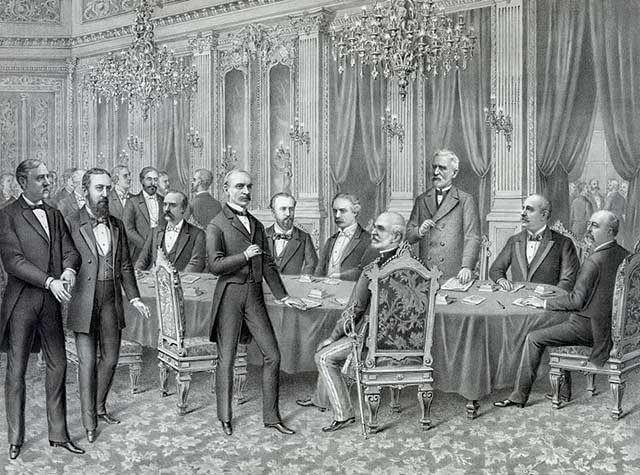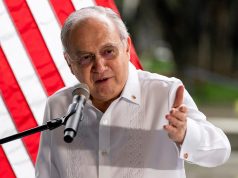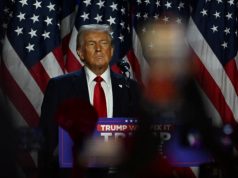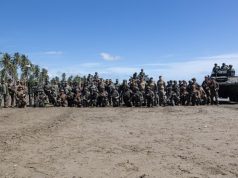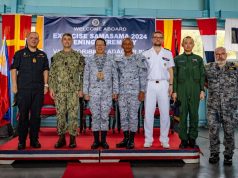Filipinos are looking back at the 1898 Treaty of Paris, where the Philippines and other territories were ceded by the dwindling Spanish Empire to the rising power United States of America.
December 10, 2018 marks the 120th year since the historic treaty between the two then-superpowers that put an end to the months-long Spanish-American war that broke out when a US ship docked in Spanish-controlled Cuba mysteriously exploded.
The US’s naval dominance over the Spanish fleet as well as its combined firepower with revolutionary Philippine and Cuban forces forced Spain to open negotiations.
Cuba was given independence while Guam, Puerto Rico and the Philippines, the last of which came with $20 million consideration, were ceded by Spain to the United States.
Some Filipinos are looking back at how the Philippines was “sold” for cheap between the two superpowers like some commodity.
December 10, 1898:
The Spanish and US Gov't formally signed the treaty of Paris.(Translation: binenta tayo ng Espanya sa Amerika) lol
— Praeses Futurum (@iam_jniest) December 9, 2018
#TodayInHistory, Spain sold our country to the US for $20M through the Treaty of Paris.
Noon pa man, cheap na tayo.
— Camillo (@yogon) December 10, 2018
Some are sharing new interpretations of the text of the treaty itself.
MYTH: Spain sold Filipinas to the United States of América for $20 million.
FACT: Read this blogpost about the 1898 Treaty of Paris and get to know what really happened 120 years ago today. https://t.co/1x4q7BrAMi via @wordpressdotcom #MemoryMonday #ElFilipinismo— Pepe Alas (@JoseMarioAlas) December 9, 2018
History-shaping event
Spain had initially tried to bargain and cede only the island of Mindanao but eventually ceded the island of Luzon and the various islands in the Visayas area with the insistence of US President William McKinley.
The cession of the various Spanish territories to the US was seen as the event that transformed the United States as the superpower of the time and the end of Spain’s time as one of the foremost empires in Europe.
There were members of the US states legislature that actually did not agree to the maintaining control over the Philippines. Some American officials however lobbied for the US to continue to keep control over the Southeast Asian country, citing their “Manifest Destiny” philosophy of exercising their new-found power and a supposed need to take care of the less-developed nation. On December 21, 1989, Mckinley announced the “benevolent assimilation” of the Philippines, claiming that they would retain control over the archipelago nation to help transform the lives of its natives.
While Filipinos initially saw their liberation from Spain as their path to independence, their fate as another colony for the early 20th century would only be sealed.
The shooting of a Filipino soldier by American troops on February 4, 1899 emboldened Filipino forces to take up arms against the Americans whom they had initially thought of as welcome guests rather than rulers.
Fighting between Filipino and American troops near San Juan and the city Manila broke out in the next 48 hours, giving birth to what would be known as the Philippine-American War.
Mckinley two days later on February 6 reported to the Senate that the Filipinos had started attacking American troops, prompting the upper chamber of the US congress to finally ratify the Treaty of Paris effectively accept Spain’s cession of the Philippines.
The surrender of Philippine president Emilio Aguinaldo and the capture of top generals Vicente Lukban and Miguel Malvar were seen as the events that led to the United States to take control of the Philippines.
The creation of the Philippine Organic Act of 1902 which declared the extension of the American Bill of Rights to Filipinos and the establishment of civil government over the Philippines saw the US commence its exercise of control over the Philippines.
The Philippines was granted full independence from the US on July 4, 1946, after years of lobbying from Filipino leaders and the outbreak of World War II.

